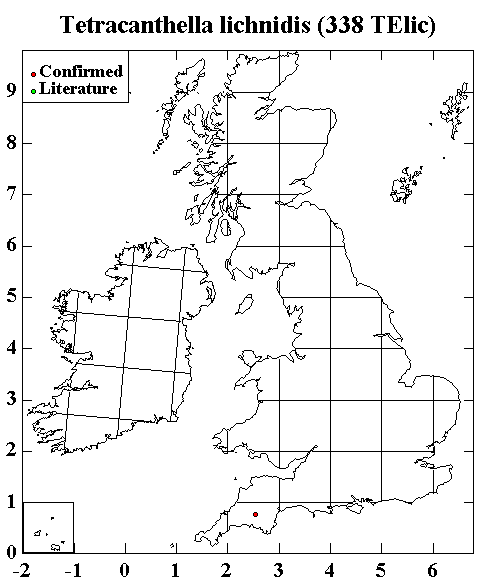|
Species of Tetracanthella are characterised by possession of four prominent anal spines. Tetracanthella lichnidis Bagnall was considered to be a junior synonym of Tetracanthella strenzkei Gisin, 1949 by Deharveng (1987). However, Tetracanthella lichnidis was described by Bagnall in a paper published in the Entomologist's Monthly Magazine on 11 March 1949. The late Peter Bellinger pointed out to me that in the absence of a definite publication date for Gisin's (1949) description of Tetracanthella strenzkei, it should be considered as 31 December 1949 under ICZN rules. Bagnall's name therefore has priority.
Tetracanthella lichnidis is still known only from the Princetown area of Dartmoor where it was beaten from coniferous trees by Bagnall in July 1947. It is black or dark blue, reaches 1.2 mm in length and has a distinctive hook-shaped mucro (Fig. 1). The empodial appendage of the foot is only about 0.2 times as long as the claw.
Back to main page
|
|



